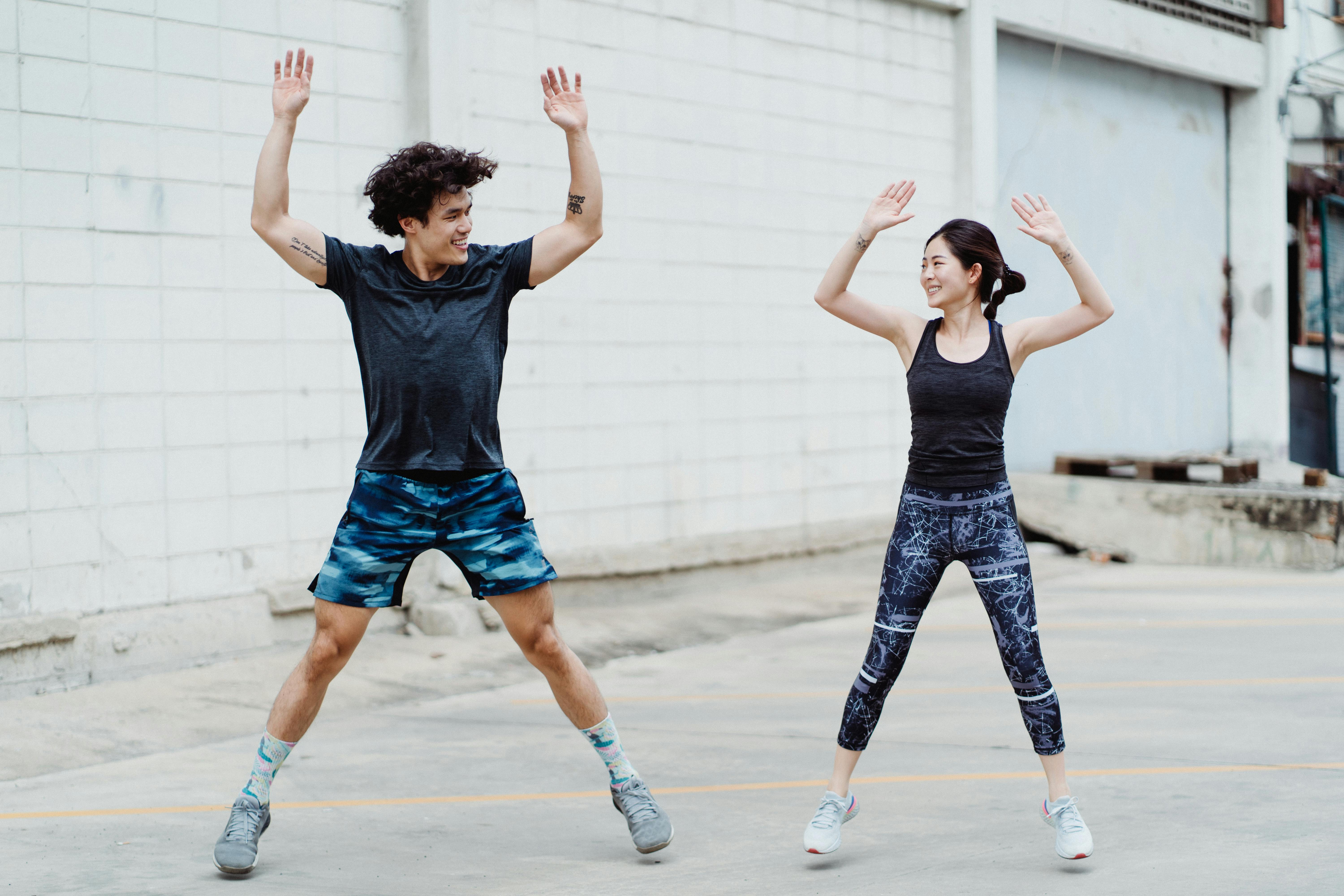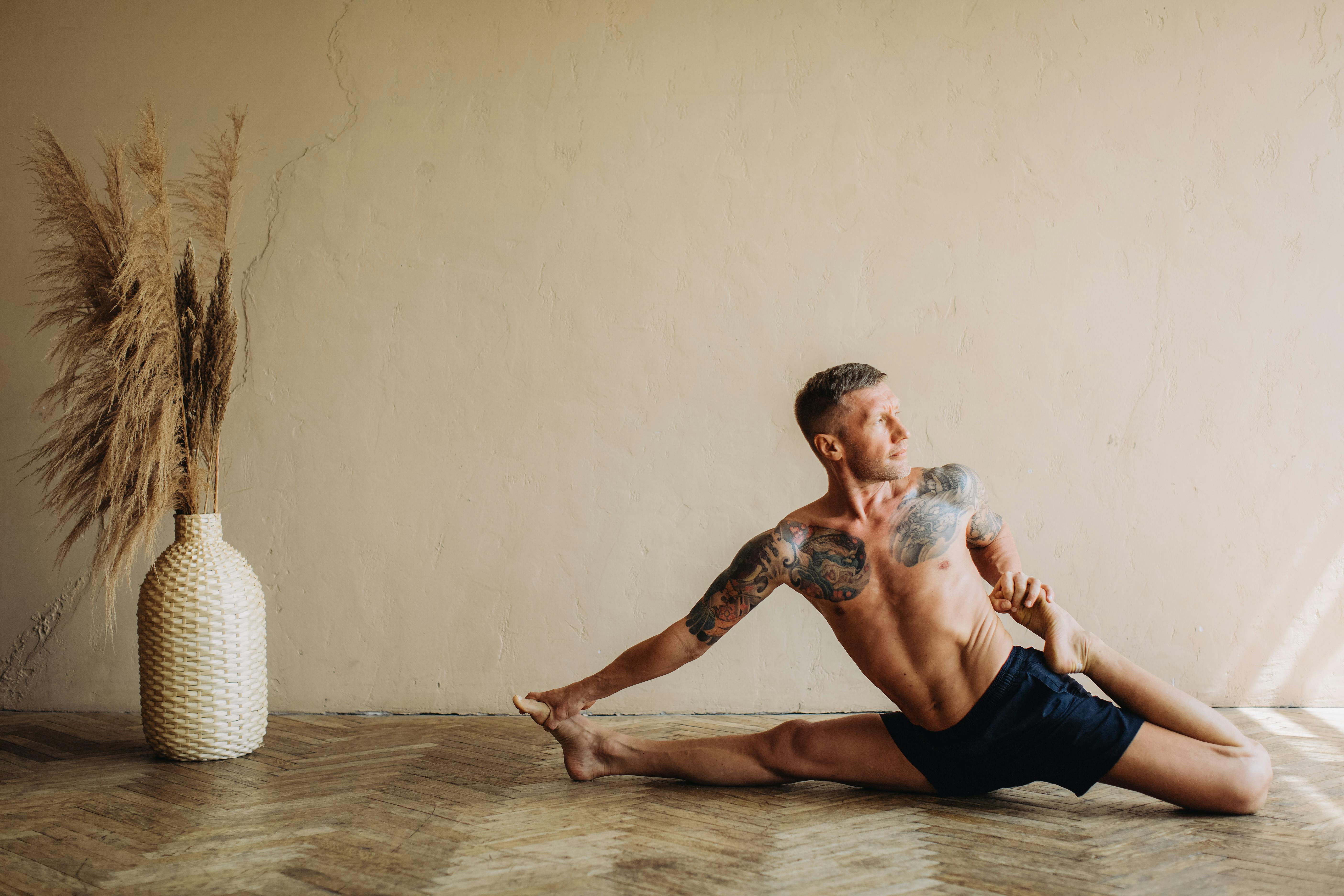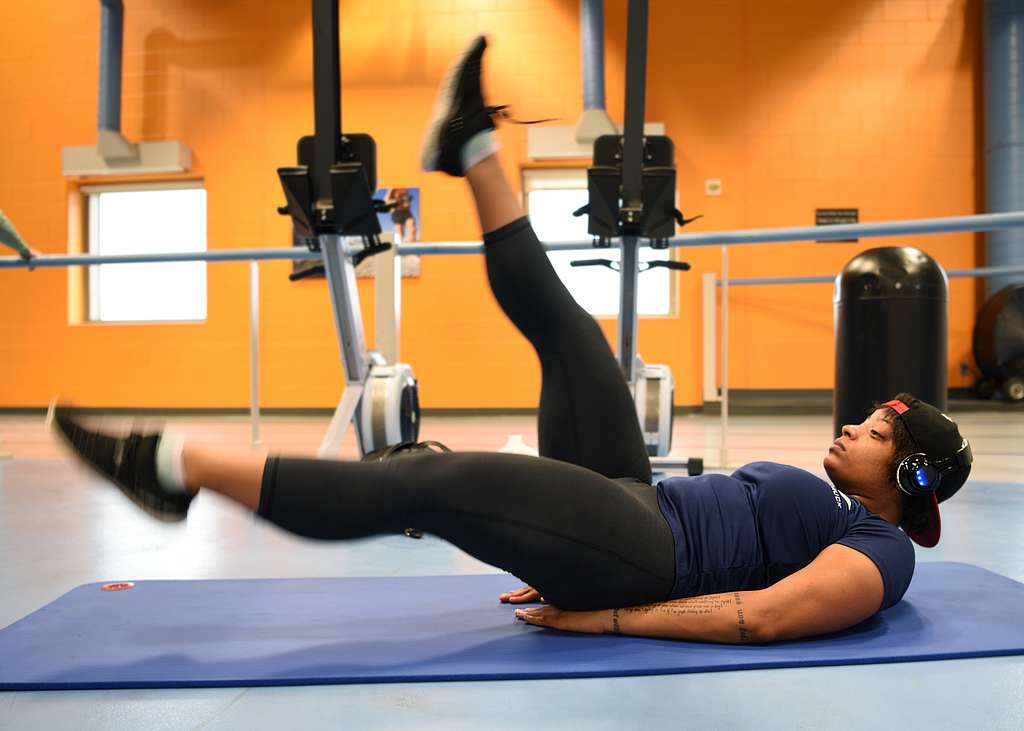
What's all this hype about Fitness and being fit?
Today, more than ever, there’s a growing awareness of the significance of health and exercise. People are realizing that it’s not just about looks, but about feeling good and living longer. This shift towards healthier living is motivating folks to incorporate regular workouts and be mindful of what they eat, resulting in a livelier and more energetic lifestyle.
Maintaining good health and fitness is a goal many strive for, as it is closely tied to overall well-being. When we are physically fit, we not only reduce our risk of chronic diseases but also enhance our ability to manage health issues that may arise.
Additionally, being in good shape promotes increased functionality and mobility throughout our lives. In the short term, regular physical activity improves our day-to-day functioning, leading to better mood, sharper focus, and improved sleep quality. Essentially, our bodies are designed to move, and they operate optimally when we prioritize fitness.

It’s important to note that there are various ways to achieve fitness, ranging from the grace of a ballet dancer to the strength of a bodybuilder. Fitness doesn’t have a one-size-fits-all appearance, and appearances can be deceiving when it comes to gauging someone’s level of physical activity or overall fitness.
Five levels of Fitness
Fitness can be gauged in many different ways, including cardiovascular endurance, strength, flexibility, speed, etc. that provides unique insights into an individual’s overall physical health and well-being. The following are the five Main Categories used to measure someone’s level of fitness.



1. Cardiorespiratory Fitness: This measures your body’s ability to use oxygen effectively, a crucial aspect of overall health and vitality.
2. Musculoskeletal Fitness: This encompasses factors like muscle strength, endurance, and power.
3. Flexibility: This refers to the range of motion in your joints, which is vital for mobility and injury prevention.
4. Balance: This assesses your stability and ability to prevent falls, a crucial aspect of functional fitness.
5. Speed: This measures how quickly you can move, an important aspect for agility and reaction times.
Types of Exercise
1. Aerobic Exercise

Aerobic fitness, often referred to as cardiovascular fitness, is the cornerstone of a healthy and active lifestyle. It revolves around activities that elevate the heart rate and increase oxygen consumption, effectively enhancing the body’s ability to transport and utilize oxygen.
This form of exercise engages large muscle groups in rhythmic, sustained movements, such as brisk walking, jogging, cycling, swimming, and aerobic classes.
Through regular aerobic workouts, individuals improve their cardiovascular endurance, strengthening the heart and lungs. This, in turn, leads to increased stamina, reduced risk of chronic diseases, and heightened overall well-being.
Additionally, aerobic fitness is instrumental in managing body weight, as it aids in burning calories and boosting metabolism. With its wide array of benefits, incorporating aerobic exercise into a fitness routine is a fundamental step towards achieving long-term health and vitality


.
2. Strength Training

Strength training is a pivotal component of any well-rounded fitness regimen. It focuses on building muscular strength, strength endurance, and power through targeted resistance exercises. By challenging the muscles against external resistance, such as weights, resistance bands, or one’s own body weight, individuals not only increase their muscle mass but also strengthen bones, tendons, and ligaments.
Results from a regular strength training regimen are especially crucial as we age, and include improved mobility, balance, a reduced risk of muscle loss and overall functional capacity. Beyond the physical benefits, this type of training can reduce symptoms of depression and anxiety, enhance mood, better ability to focus and can improve sleep quality.
Strength workouts triggers the release of endorphins, the body’s natural mood boosters, leading to a sense of well-being and positivity. Moreover, it fosters mental resilience and self-confidence. The discipline and determination required for consistent strength training can spill over into other areas of life, instilling a sense of accomplishment and empowerment.
3. Flexibility & Balance Training

Flexibility refers to the range of motion in your joints, allowing you to move freely and effectively. It involves stretching exercises that lengthen and loosen muscles, tendons, and ligaments. On the other hand, mobility pertains to your body’s ability to move a joint through its full range, which is essential for daily activities and preventing injuries.
By incorporating regular flexibility and mobility exercises into your fitness regimen, you enhance your overall physical performance and ensure you’re able to move with ease and confidence in your everyday life.
These exercises not only improve posture and balance but also reduce the risk of muscle strain or joint discomfort. These exercises come in various forms, each designed to enhance different aspects of movement. For example, static stretching involves holding positions to target specific muscles, dynamic stretching that engage muscles and joints through movement, yoga and Pilates.

Difference between Physical Activity & Exercise
Understanding the distinction between “physical activity” (any bodily movement that expends energy), “exercise” (structured physical activity), and “physical fitness” (a set of attributes that determine your ability to perform daily tasks with vigor and alertness) is key. Components like cardiorespiratory endurance, muscular strength, muscular endurance, body composition, and flexibility contribute to overall fitness.

Which type of training you should do?
When it comes to achieving overall fitness and well-being, combining aerobic training, strength training, and flexibility training is the winning formula. Aerobic workouts elevate cardiovascular health, strength training builds muscle and boosts metabolism, while flexibility exercises improve range of motion and prevent injury. Together, they create a balanced approach that optimizes physical performance, enhances longevity, and cultivates a strong foundation for a healthier, more vibrant life. So, whether you’re hitting the gym or finding your flow in a yoga class, remember, the magic happens when you mix it up into one powerful routine. That means starting off with warm up dynamic stretches , before a combination of aerobics and strength training, then cool things down with static stretches at the end of the workout session.

Rest and recovery is also very important when having a workout routine for improved overall health, so make sure to read about “The Importance of Rest & Recovery” to further increase fat loss and improve your overall health.
Related articles:









